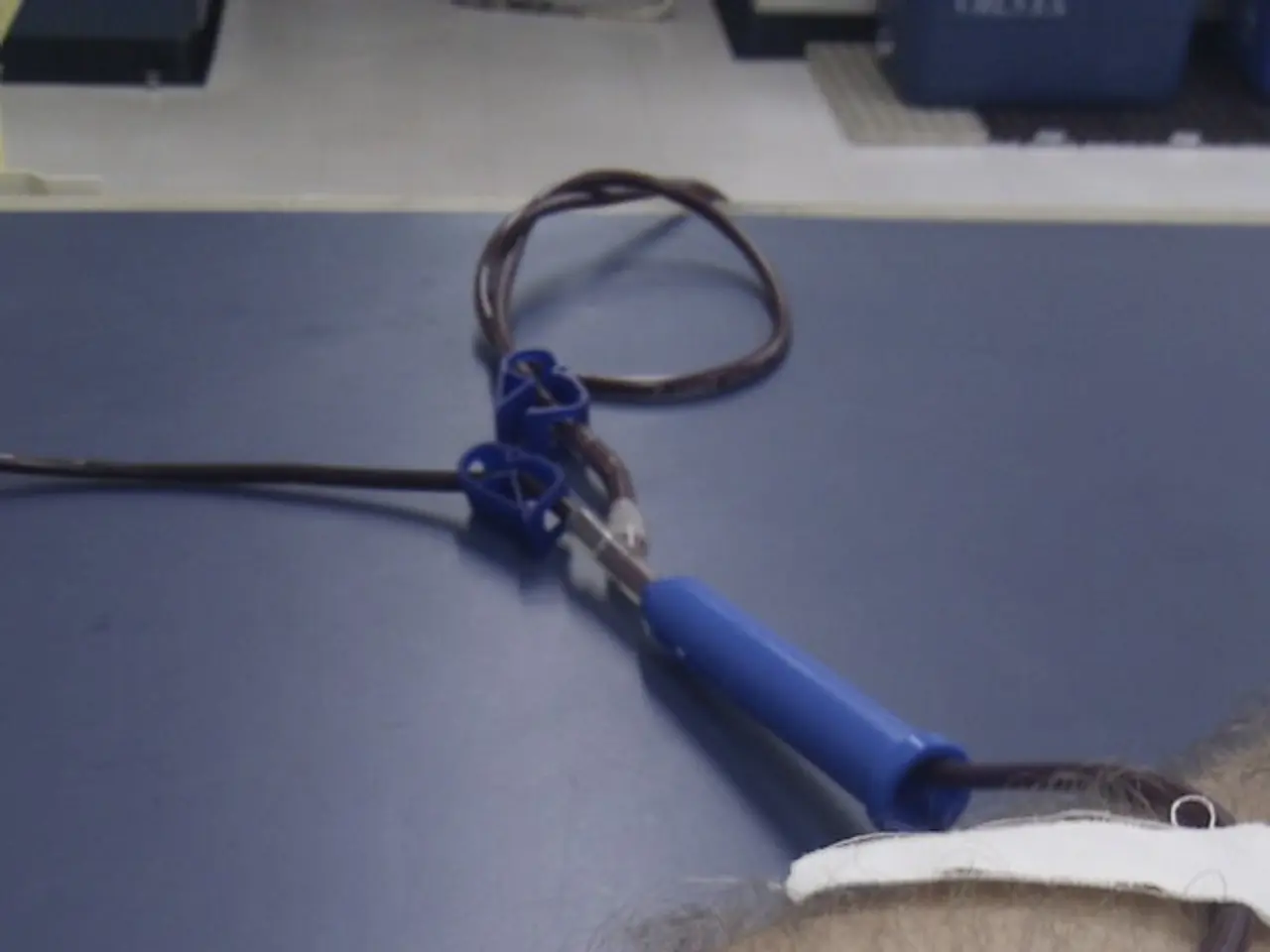Learning Plaster Casting: A Detailed Process Overview
Plaster casting is a versatile and accessible technique for creating sculptures, decorative pieces, and functional items at home. This guide will walk you through the essential steps for successful plaster casting, using Plaster of Paris as an example material.
- Preparation
Gather your essential supplies, including Plaster of Paris, a mold, a mixing container, a mixing stick, water, a release agent, protective gear, a sponge, a water bucket, and additional tools like a craft knife, sandpaper, a paintbrush or airbrush, and a measuring container.
- Mixing the Plaster
Mixing the plaster and water is crucial to achieving a smooth, creamy consistency. Pour the measured water into the mixing container first to prevent clumping. Gradually add plaster powder while stirring gently to avoid air bubbles. A common mixing ratio is about 1 part plaster to 0.5–0.75 parts water by volume, but always check the packaging for specific guidelines.
- Creating or Preparing the Mold
Your mold can be made from silicone, latex, or even plaster itself. Ensure the mold is clean, well-prepared, and sometimes sealed with a release agent to make demolding easier.
- Pouring the Plaster
Pour the plaster mixture slowly and steadily into the mold, tapping or vibrating gently to release trapped air bubbles and help the plaster fill every detail. If your mold is larger or features deep grooves, gently tap the sides during pouring to dislodge air pockets.
- Setting and Curing
The initial set typically takes about 25–50 minutes. Keep the cast in a warm, dry area to cure fully over 12–24 hours. Avoid premature removal from the mold to prevent cracking.
- Demolding and Finishing
Carefully remove the cast from the mold once set. You can refine details by sanding, carving, or smoothing as needed.
- Drying and Curing Considerations
Longer curing and drying times increase strength and reduce moisture. For thicker pieces, ensure adequate time and ventilation for complete drying.
Additional Tips
- Work in a well-ventilated space and wear protective gear (mask, gloves) to avoid inhaling dust or skin irritation.
- Prepare multiple batches if necessary, as plaster sets quickly.
- For fine detail work, thinner plaster mixes help capture intricate texture but may sacrifice some strength.
This general home plaster casting approach balances ease and quality, ideal for sculptures and decorative objects made without professional equipment. With patience and practice, you'll be creating unique, handmade pieces in no time!
[1] "Plaster Casting: A Beginner's Guide to Creating Your Own Sculptures and Decorative Objects." (2021). Retrieved from https://www.instructables.com/Plaster-Casting-A-Beginners-Guide-to-Creating-Your-O/
[4] "DIY Plaster Casting: A Step-by-Step Guide for Beginners." (2020). Retrieved from https://www.wikihow.com/Do-DIY-Plaster-Casting
[5] "How to Make a Plaster Cast." (2021). Retrieved from https://www.wikihow.com/Make-a-Plaster-Cast
With the guidance from this informative tutorial, you can embark on various DIY projects, creating both sculptures and decorative objects at home, extending your home-and-garden lifestyle to artistic avenues. As you explore the world of plaster casting, consider incorporating drawing, painting, or even a touch of landscaping in your homemade pieces to enhance their charm and appeal.





